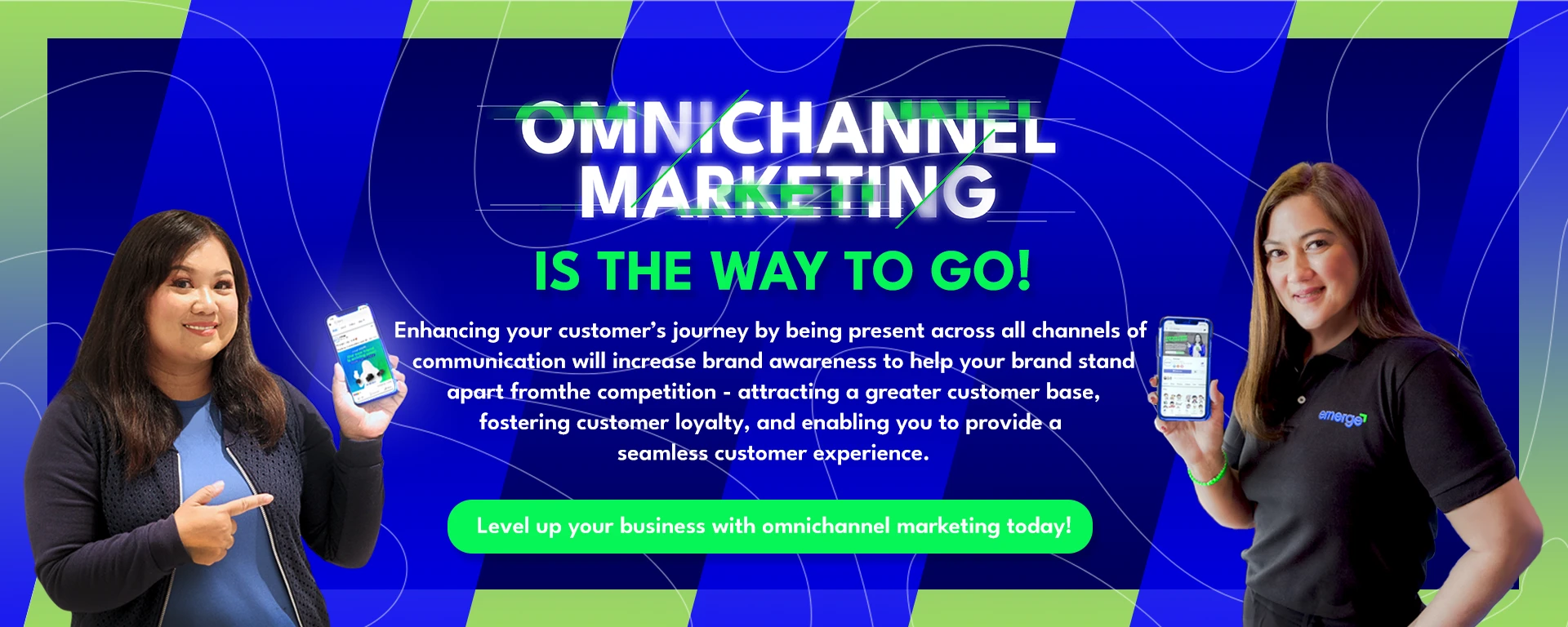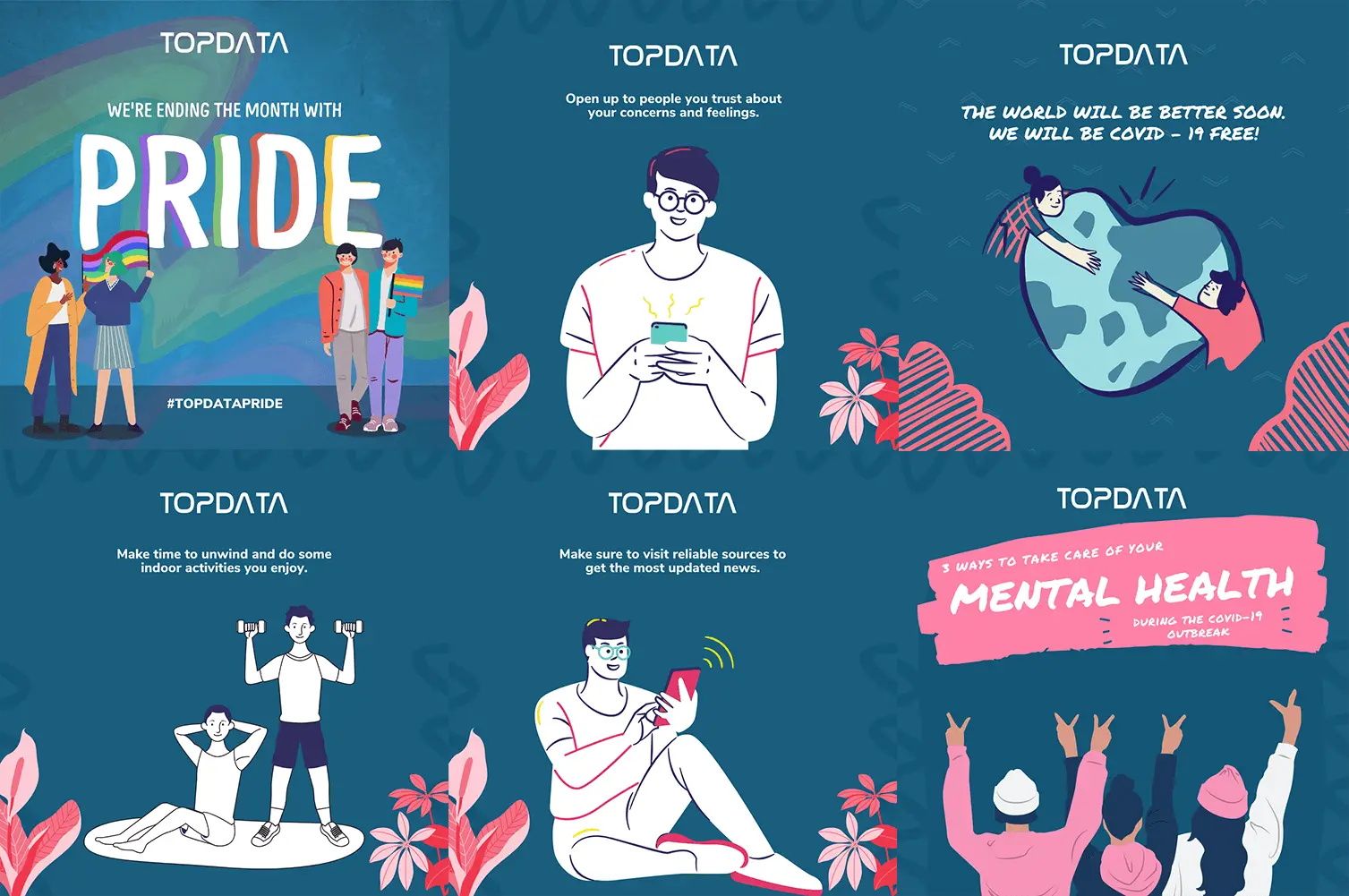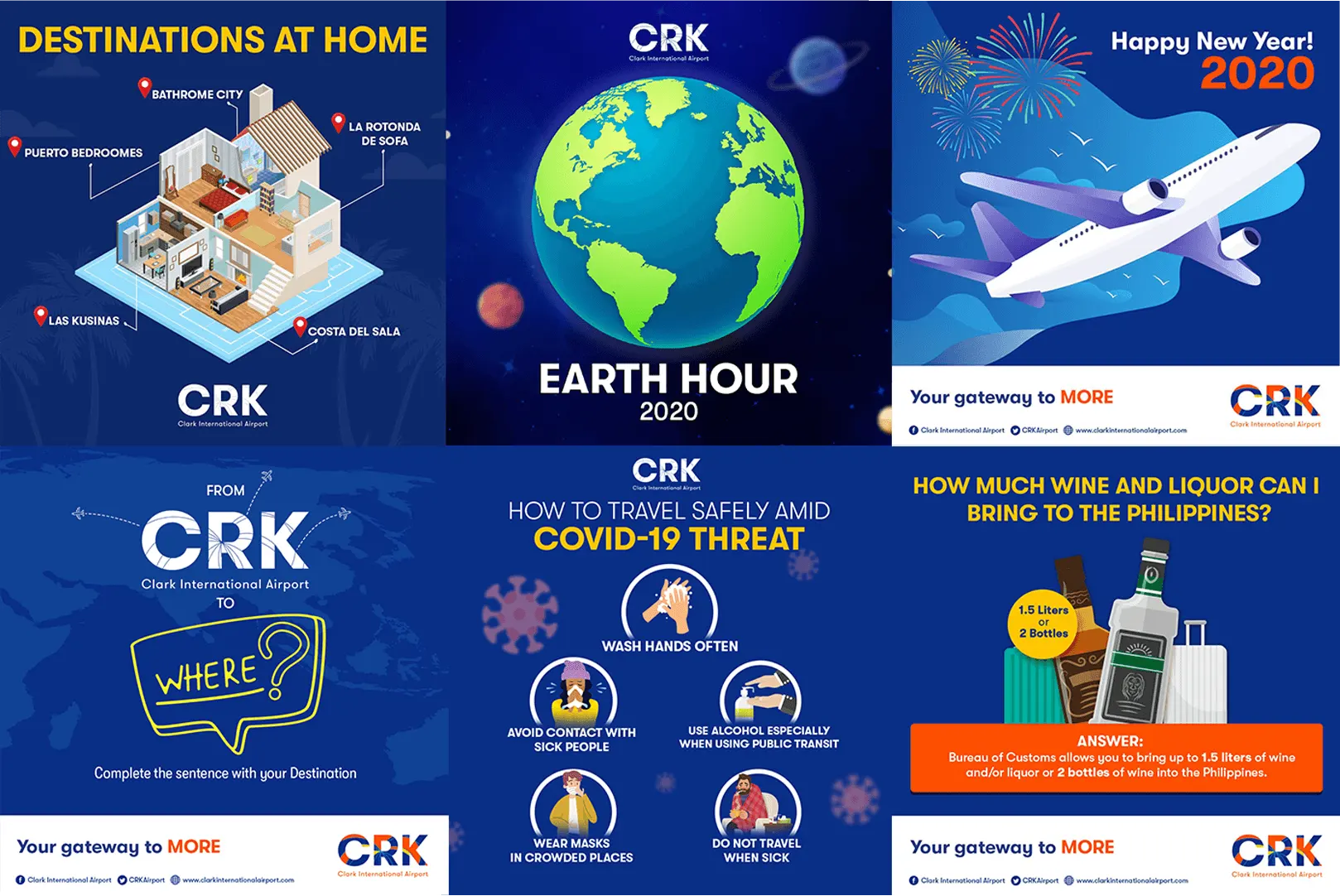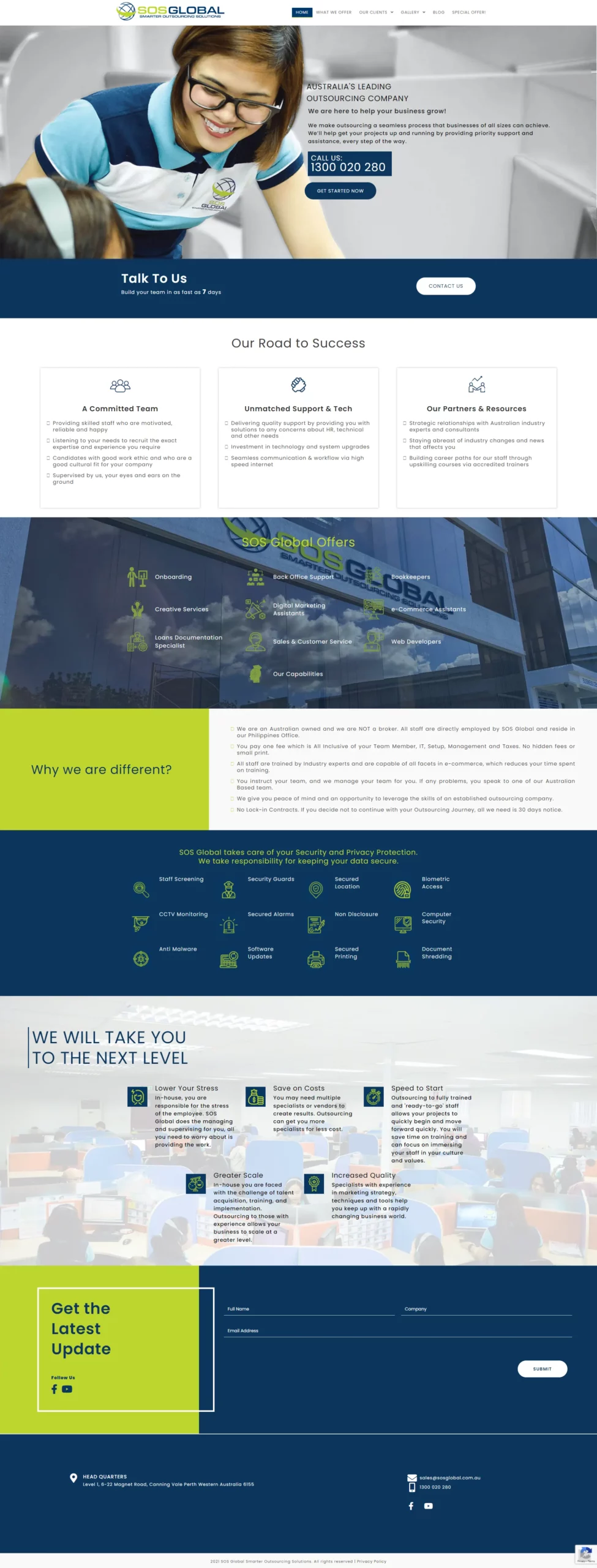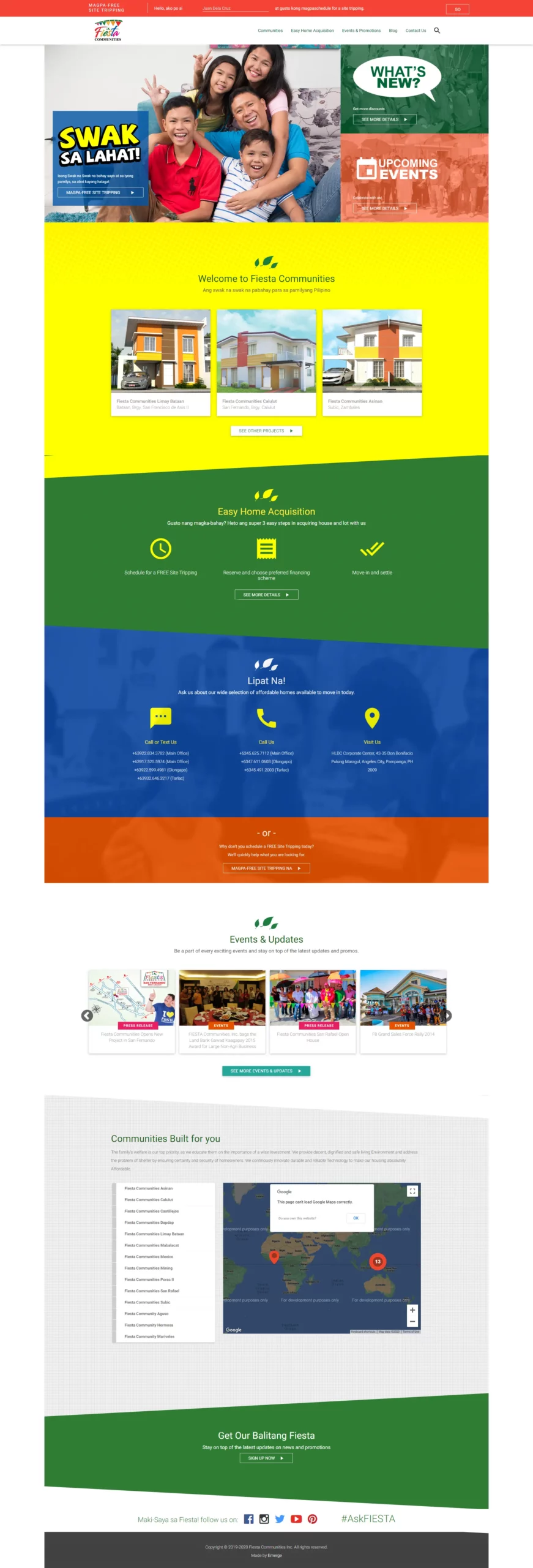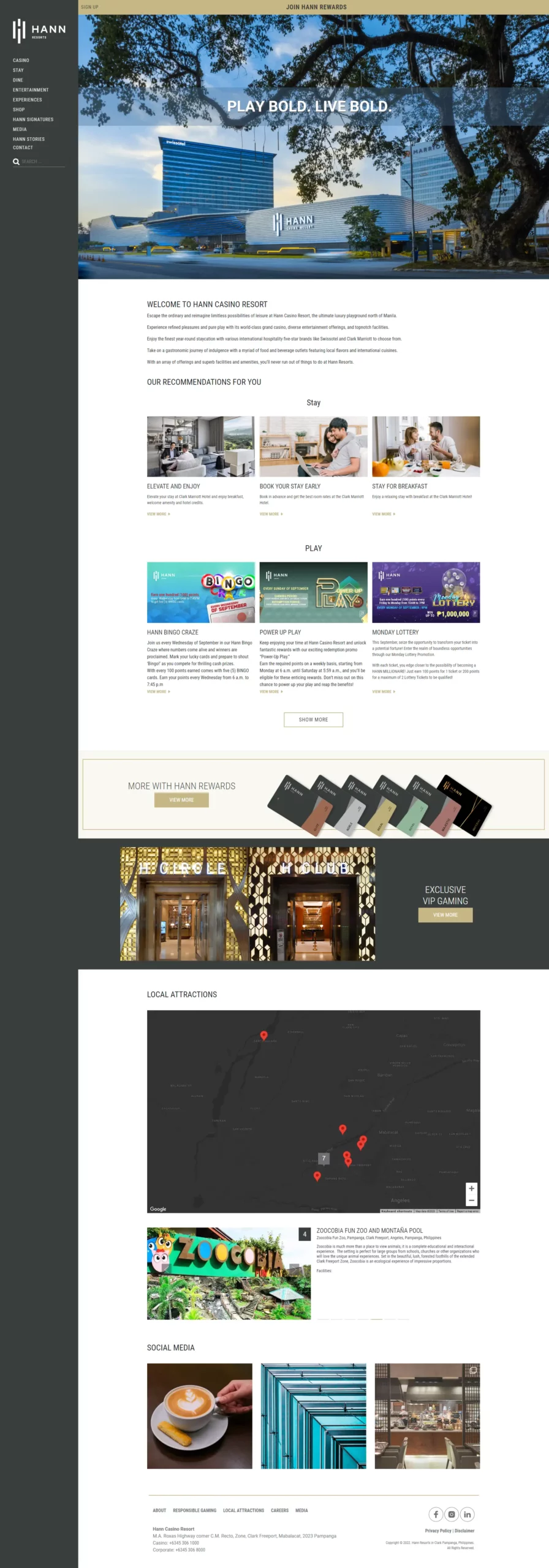Everything You Need to Know About Digital-First
The concept of digital-first refers to planning and implementing strategies and activities starting with the digital or online version, which is then adapted to offline (contrary to the traditional approach of starting with an offline strategy and then adapting it to online). Digital-first leverages digital platforms into new channels, such as social media, over traditional channels like print and television.
What’s Digital First?
Instead of the usual course where traditional or offline marketing is prioritized and later adapted for the digital space, the digital-first approach prioritizes the development and implementation of a digital marketing strategy, which can be adapted later for offline channels.
Digital-first approach acknowledges the diversity of audiences in the online space and the need to fine-tune campaigns and decisions according to their behaviors and the platforms they frequent to.
The best examples of digital-first are:
- Companies building apps that combine educational, entertaining, and promotional content
- Creating e-commerce websites for an easier and faster shopping transaction
- Launching brand awareness campaigns on multiple social media platforms
Implementing the digital-first approach is simply like being on social media. You take on different personas for each platform – a professional on LinkedIn, an influencer on Instagram, and a grey area between professional and funny on Facebook. But at the end of the day, they’re all one person: you.
The same is true for digital-first. You deliver the message in different ways based on your audiences’ perception and your choice of media, but the context is the same.
While digital-first involves a lot of technology, it is about providing positive experiences to consumers, from pre-sale to post-sale. Technology only plays a part in establishing relationships with your target customers.
The components of digital-first
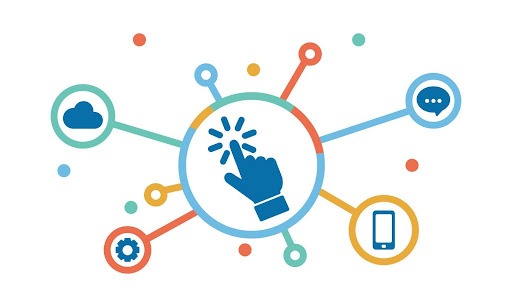
The digital-first approach highlights the opportunity to engage more with customers and build a better customer experience (CX) with them. This isn’t usually the case with traditional marketing, which displays ads shotgun-style without much opportunity for feedback from the target audience.
Automation plays a huge role in the digital-first approach. The idea of streamlining routine tasks, such as responding to inquiries or sending retargeting emails, is part of building a positive customer experience.
As a result, the reduced turnaround time for customers leads to increased revenue, reduced churn, and reduced customer support costs.
Data management is also one of the core foundations of the digital-first approach. The best marketing campaigns for any audience require the analysis of their data, such as their browsing history, transaction records, and recent online interactions.
By drawing patterns from these data, a business can create an actionable marketing campaign that works for an audience of mid-30s female professionals and early 20s career women, for example.
With these factors taken into account, it is clear that digital-first is not a one-time project with a fixed timeline. More than anything else, it’s about putting your business’ versatility to work and adapting to the changing dynamics of the digital economy.
Why Does Digital First Matter?
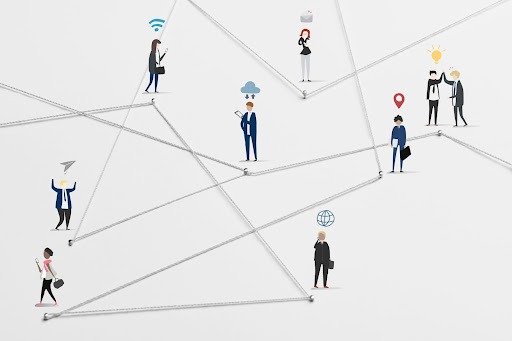
Today, people rely on technology for almost everything – finding answers, socializing, purchasing something, booking services, and more. Perhaps discovering something they didn’t know they needed. That’s why Digital Transformation (DX) has become an enterprise-wide priority for businesses around the globe.
Gone are the days when digital marketing was an afterthought and traditional marketing was at the top of the hierarchy. With the effect of Covid-19 shifting consumer behavior and the economy into digital, it has become clear that Digital Transformation (DX) is a necessity more than a luxury.
With a digital-first approach, brands can better connect with their customers and provide better service that addresses their needs and issues. It also built a bridge for like-minded people to find and converse with each other, ultimately building the population of online communities today.
Consumers want to engage, they want to have a dialogue, they want to talk to each other, and they want to talk to the brand and the company. That has always been a strength of the brand, but that strength has been so much increased on the back of digital technology.
Jørgen Vig Knudstorp, former CEO of The LEGO Group
63% or 6 out of 10 shoppers also start their buying journey online. (ThinkwithGoogle, 2018). It doesn’t matter whether they end up purchasing online or in a brick-and-mortar shop – they always do the initial search online. This is why your brand needs to be out there, so people can see you when they’re ready to begin their shopping journey.
From a business’s perspective, brands who have already made the #digitalfirsttransformation enjoy more than marketing achievements. By going digital, they’ve managed to improve operational efficiencies (40%), meet customer expectations (35%), and improve product quality (26%). (PTC)
Those who have adopted the digital-first transformation have found market pressure as their top leading motivation to take the leap, aside from growth opportunities and increased stakes with the competition (Prophet).
What Does This Mean?
Brand visibility on many channels as possible is more critical than ever. This is because if consumers don’t know about your brand, it’s only a matter of time until they find your competition. Not adopting the digital-first approach will result in plenty of missed opportunities.
People’s increased dependence on online media and solutions for their buying journey also emphasizes that the best time to go digital-first is now.
How LEGO and IKEA Mastered and Applied Digital First
LEGO’s Digital Transformation (DX)
In an attempt to save the company from nearing bankruptcy due to supply chain and material cost issues, LEGO decided to embrace digitalization. This led to the LEGO Enterprise Program, which had brought the following benefits to the company only one year after implementation:
- Faster innovation
- Enhanced customer relationships
- Efficient supply chain processes
But what stood out from their Digital Transformation (DX) was their idea to allow fans to create their own designs through their online 3D design tool, the LEGO Digital Designer. The company marketed the tool as a channel for learning and development, which became a hit, especially with millennial parents.
The designer tool also allowed adult fans around the world to create miniatures of their favorite characters or real-life personalities.
The LEGO Group also recognized the emergence of social media and online marketing to engage with customers, so they also utilized these platforms for their marketing.
They leveraged fan pages and groups on social media platforms to grow their fan base, which led to major conferences and fan-based gatherings. Through this strategy, they were able to reconnect with their adult fans through the help of nostalgia for playing LEGO during their childhood days.
The company has also cultivated the benefits of User-Generated Content (UGC) to empower its content and brand marketing. This resulted in the LEGO Group becoming the second most-watched brand on YouTube.
LEGO saw its digital efforts and revenues triple as children were forced to engage in indoor activities due to the pandemic. The toy manufacturer has seen a 46% increase in revenue from January to June 2021 alone.
LEGO has steadily recovered since then and is now called the “Apple of the toy industry.”
IKEA Towards a Digital Future in Shopping
Looking to create a flawless digital experience for its customers, the beloved Swedish furniture brand pioneered the Click & Collect service. It gives consumers control of their shopping experience by placing an order online and choosing a branch and date to pick up their purchase.
To implement the program, IKEA had to transform its website to offer online payment processing, real-time inventory listing, and other pertinent e-Commerce solutions.
As a result, customers looking to buy a specific item without the need to wander in the store now have a convenient mode of shopping.
But IKEA’s Digital Transformation (DX) doesn’t stop there. In an effort to reach more customers “in ways that are more accessible and personalized,” IKEA opened the IKEA Planning Studios. These micro-stores feature a 3D imaging program, where customers can visualize their living rooms, kitchens, or bedrooms with IKEA products.
The studios were built in urban areas like Manhattan and Riyadh to drive more customers in areas with no mega-stores nearby. However, customers will still need to visit a warehouse store if they wish to purchase items from their design.
Digital-First and the Customer Experience (CX)
Numerous businesses have already jumped into the digital-first transformation, but what sets their success apart is their approach to digital customer service.
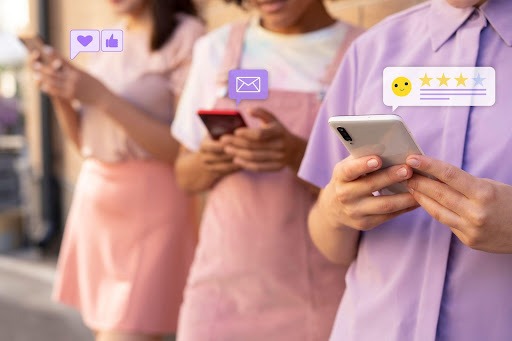
A digital-first approach to customer service means creating fulfilling, standout, and personalized experiences for customers every step of the way. It diverges from the traditional strategy of prioritizing efficiency over customers.
Today, we’ve welcomed a revolutionary era in customer experience called predictive service. Knowing how to apprehend issues, provide solutions and identify opportunities are the core of digital customer service. For example, a chatbot pops up when a visitor spends a minute or so on your site.
Predictive service aims to function like a salesperson offering assistance to a previous customer about their recent purchase. When a customer browses a guide about using one of your products, a chatbot can pop up to inquire if the customer needs any help with their recent purchase.
From there, the chatbot can provide more relevant guides to familiarize the customer with the product or pull more data about them for more context (if they need more help than what the articles can provide).
Predictive service can make digital customer service platforms function like in-store employees to make their online shopping a hassle-free experience. Customers won’t need to queue to get service – the whole customer service experience works on their urgency and need.
Predictive service and automation technology
People today don’t like taking the initiative to find a solution to their problem or scouring the internet to learn about something. You must provide them with the information and the opportunity. This is where technologies like Machine Learning, chatbots, and mobile messaging come into play.
Due to the demand for fast and automated responses, chatbots have evolved from points of inquiry to almost-perfect alternative agents. Now, chatbots can perform intricate customer service tasks such as:
- Provide relevant articles from your knowledgebase to answer a question
- Relay information about delivery/shipping progress
- Send a list of FAQs for post-sales inquiries
All these benefits and features of predictive service make it one of the reasons why a digitally-transformed business enjoys better brand visibility than its competition.
To develop predictive service, a company must rely on plenty of data to understand every customer touchpoint and shape an experience. The whole goal is to make the tedious processes of doing business with you “invisible” to the customer, to make them think that everything’s a seamless and convenient experience when they shop with you.
This strategy requires thorough research and analysis, but when done right, it could bring you more revenue (and better customer relationship) than before.
How Can You Improve Your Digital Marketing Performance?
Set long-term goals. Digital-first is not a short boat trip to keep your business afloat but a long-term cruise to bring your business to new heights. Knowing what you want to achieve in the next five or ten years will tremendously help in making meaningful short-term campaigns and marketing decisions.
Strengthen your customer service. The end goal is to create a seamless experience for customers so they can navigate through the conversion process smoothly. This means adopting new technologies like CRM tools, chatbots, AI content tools, Business Intelligence (BI), and machine learning.
Cultivate as much data as possible. A digital marketer’s greatest ace is data because data are facts, and they tell you a great deal about your audience.
Leverage the power of the people. You can always rely on your audience to shape working and winning digital experience for them by conducting surveys for feedback and opinions and utilizing user-generated content.
Keep an eye out for trends. The shortcut to becoming viral and putting your business out there is to jump on a trend and do it successfully. Take a look at the brands on TikTok that are taking on challenges and other trends to see the proof.
Here at Emerge, we’re firm believers in the need to adopt the digital-first approach for businesses to create brand awareness and increase revenue, especially during these competitive times. Contact us to jumpstart your Digital Transformation (DX)!
